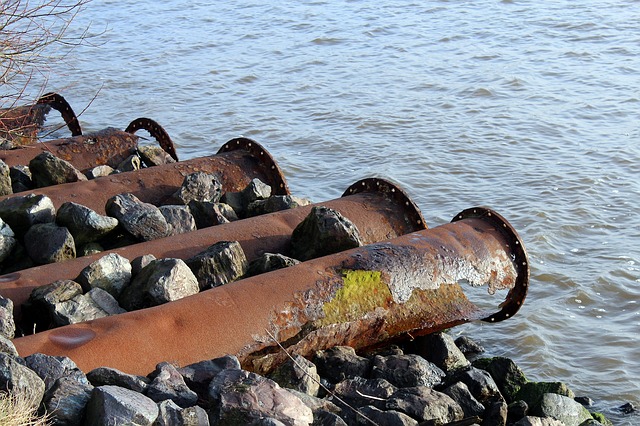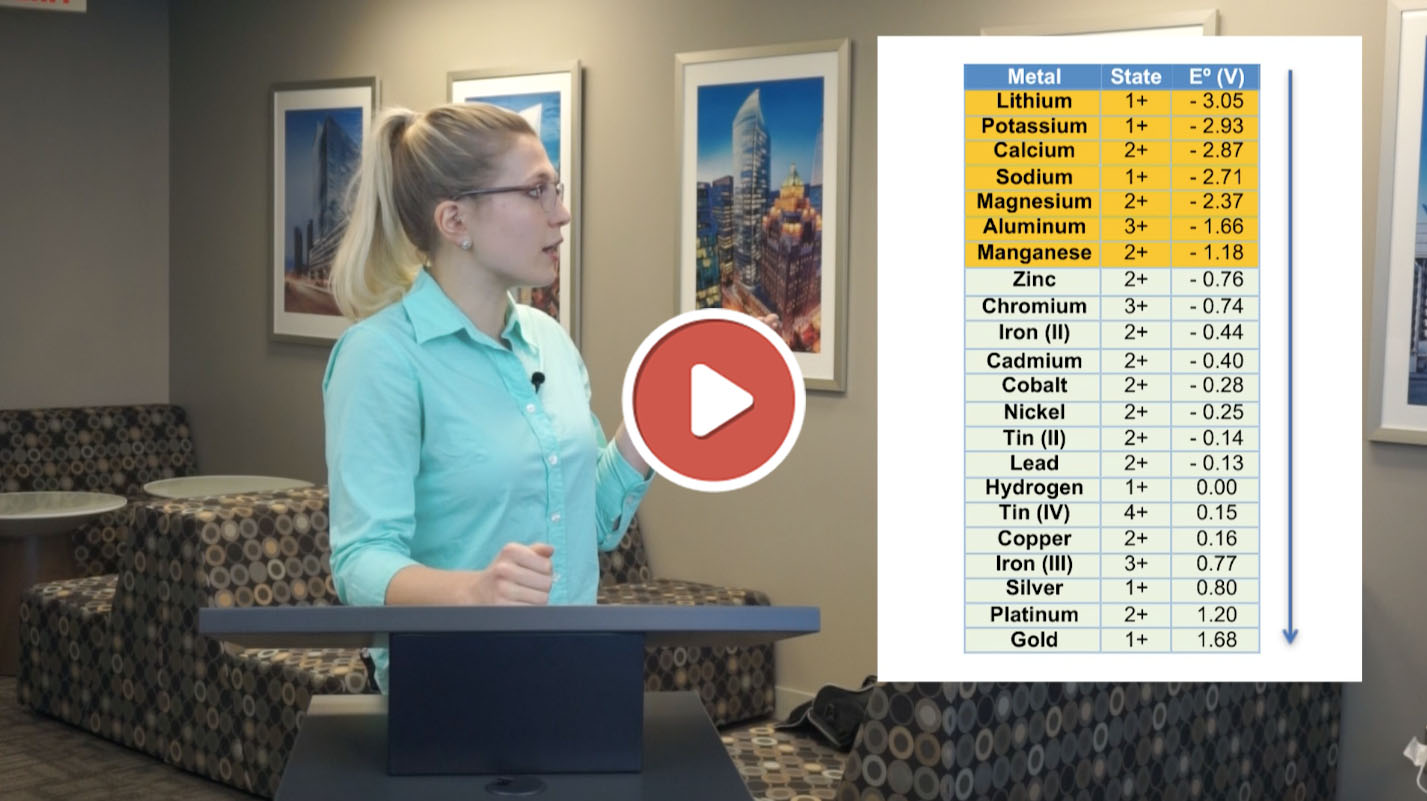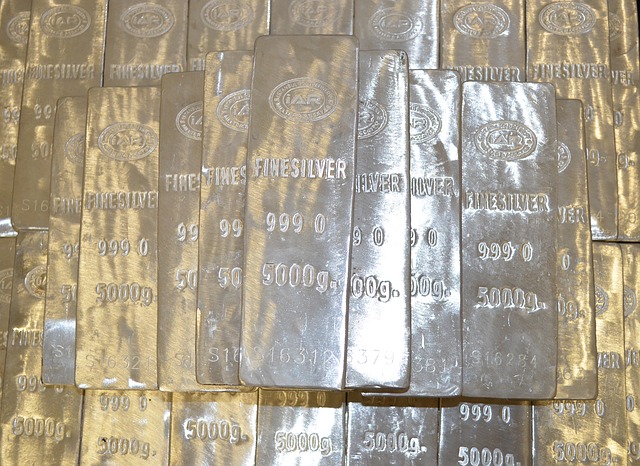FAQ: Operating Cost of emew Electrowinning Plant
Topics: Video
Cobalt and Nickel wastewater: How much money are you flushing down the drain?
Two case studies on the value of metal recovery from wastewater
It’s no secret that industrial pollution is harmful to the environment and human health.
Topics: Wastewater Treatment
In one of the previous posts I described the basic principle of conventional electrowinning. Today I would like to talk about the differences between conventional electrowinning and proprietary emew technology, which is based on fundamental electrowinning tenets but offers so many additional benefits.
Topics: Video
Many industries generate acid mist as a result of their industrial processes. In most cases the acid mist will be caused by usage of inorganic acids, and in particular sulfuric acid. Sulfuric acid is mostly used in a production of fertilizers, and industries like pulp and paper, iron and steel, mining, refining and wastewater treatment. Acid mist is formed as a condensation of acid vapour and the extent of the mist will depend on the industry, process and solution itself.
Topics: Video
FAQ: Types of emew cells and production rate
Topics: Video
4 Most Frequently Asked Questions About emew Cathodes and Anodes
Today we would like to answer some frequently asked questions about
Topics: Video
[VIDEO] Why some metals are easier to electrowin than others?
Topics: electrowinning, General
How can you increase the copper recovery of your SX-EW process by 8.9% in only 29 days?
What is SX-EW?
Topics: Refinery Optimization
Silver Recovery from Scrap and Low-Grade Residue
Topics: metal recycling, electrowinning, emew, Refining, metal powders
Can I recover copper from this? Copper recovery from the ground up
A question that we hear from Clients every day is "Can I recover (copper - or other metals) from this?" The material in question can be concentrated wastes, dilute effluents,
Topics: effluent treatment, environmental, copper, Wastewater Treatment, metal recycling, mining, Refinery Optimization, copper recovery, copper recycling















